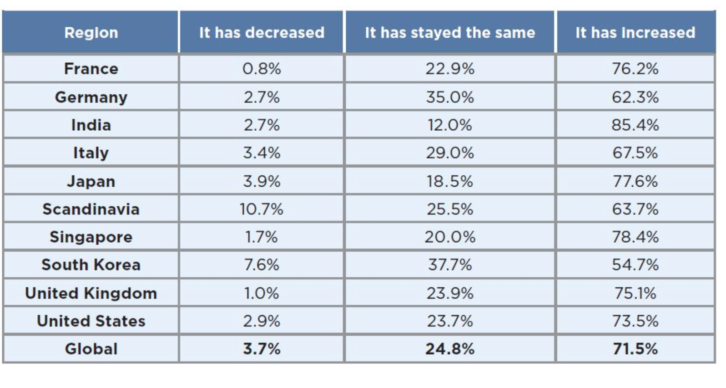Online video viewing and usage has increased by four-times the amount it was six months ago according to a report from Limelight Networks.
The company’s How Video is Changing the World report found the current global average for online video viewing is four hours and 3 minutes per day compared to a single hour average measured in the State of Online Video 2019 study released six months ago.
Over 85 per cent of people globally now watch up to six hours of online video per day. People in India watch by far the most online video at an average of five hours and 16 minutes per day, the lowest average viewing hours is in South Korea, closely followed by France and the UK.
The report also found 70 per cent of people said the amount of time they watch online video increased in the past two months.

Other findings include nearly 31 per cent of people recently had their first esports event experience in the last two months.
However, the report also states that 39 per cent of respondents said they won’t use online video for the foreseeable future due to technical issues. Internet connectivity problems (36 per cent), followed by videos loading slowly (13 per cent) and poor-quality video (12 per cent) were most likely to affect the viewer during virtual experiences relying on online video broadcasting.
Steve Miller-Jones, VP edge strategy and solution architecture at Limelight Networks, said: “Online video is a key part of many online activities, so it’s no surprise that long load times and buffering is frustrating consumers and potentially stopping them from trying out virtual activities. Our research shows that whether for work or play, people in the UK simply aren’t willing to put up with poor online video experiences. Too often, video latency or a poor-quality picture can prevent virtual activities from delivering the personal connection and experiential benefits that consumers expect.
“Businesses who want to offer a virtual experience need to carefully consider their content delivery strategy. This means choosing the right technology partners who can ensure end users have a high-quality, low latency experience.”







